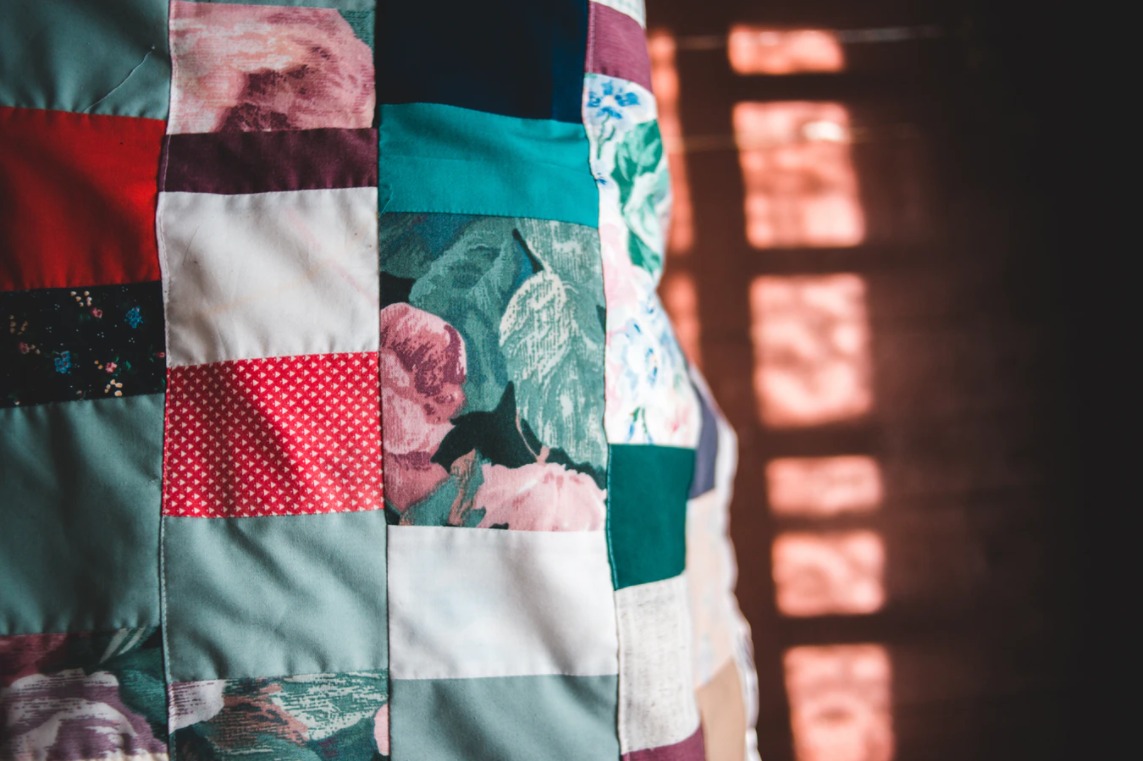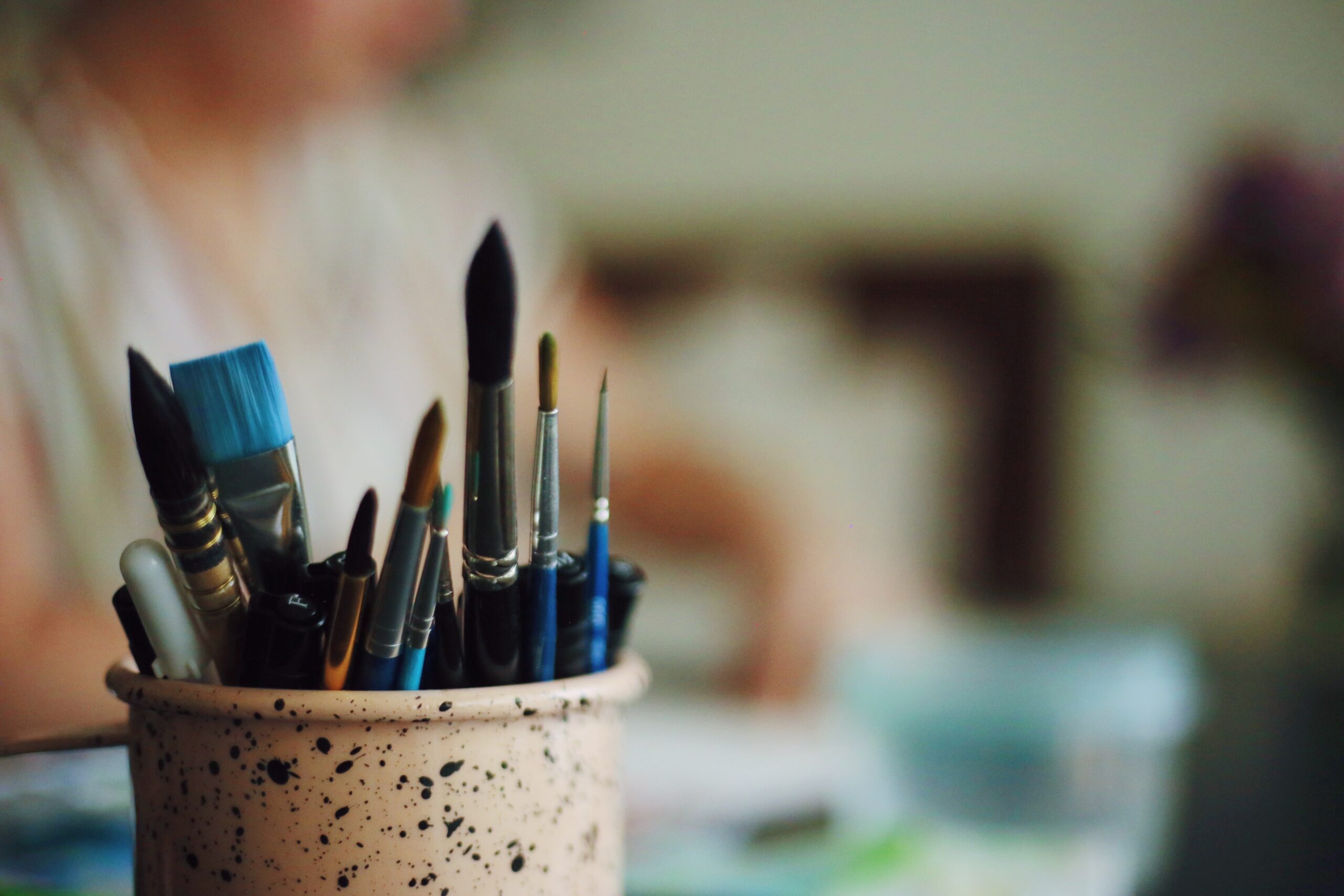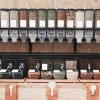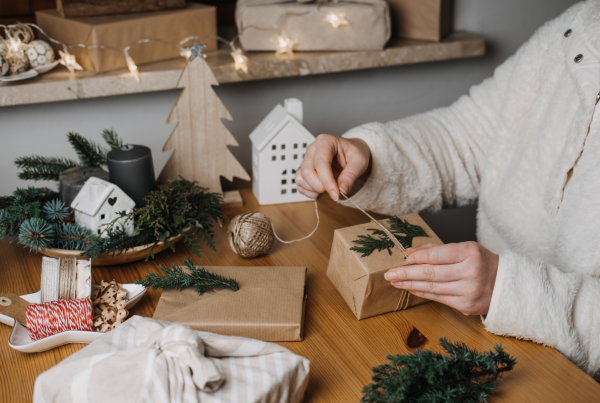Many of us stop doing arts and crafts after elementary school. But did you know that creative activities can contribute significantly to brain health? In fact, they stimulate your grey matter in all sorts of ways. Among other things, they engage your memory, attention, and fine motor skills. There’s just one catch: to get the benefits, you need to challenge your neurons and try new activities. Here are 10 ideas for creative projects that will bring out your inner artist.
1. Make DIY decorations: Whether you are planning a birthday party, preparing for the holidays, or just looking to spruce up your home, creating your own decorations is a great way to tap into your creative potential—and save some money! You can browse hardware store websites for instructions on how to make outdoor decorations, or type “DIY decorations” into your search engine for inspiration.
2. Do origami: Origami is the Japanese art of paper folding. With a little patience, you can learn to make almost anything out of paper. Free origami instructions are available on many different websites. This one even gives you the option to filter projects by difficulty level. A quick search on YouTube is also a great way to find video tutorials!
3. Try a timed drawing exercise: Arguably one of the purest forms of artistic expression, drawing never goes out of fashion. This exercise will help you approach it from a different angle.
-
-
- Grab a pencil, sheet of paper, and timer (or use your cellphone).
- Choose a subject from your immediate surroundings: a vintage lamp, a bowl of fruit, a shoe . . . It doesn’t matter what you pick, as long as it inspires you!
- To warm up, set the timer for 30 seconds and draw a rough sketch of your subject, without worrying about the details. Repeat the exercise with a fresh sheet of paper a few times, gradually increasing the time in increments until you’re feeling loosened up.
- Then, give yourself a full 30 minutes to study the object’s curves, proportions, textures, and shading.
- When you’re done, it’s time to frame your masterpiece!
-
4. Make your own comic strip: Making your own comic strip is a great way to practise your drawing and storytelling skills at the same time. Grab your sketchbook and get ready to embrace your inner Rabagliati or Johnston for a day! But first, read this wikiHow guide to learn the keys to a successful comic strip.
5. Knit or crochet: If you’re just getting started, the YouTube channel NimbleNeedles has full playlists of videos that will teach you the basics of knitting. The website Handy Little Me has patterns and other resources for beginners. Once you’ve learned the ropes, you can create a free account on the website Ravelry, and browse their huge database of knitting and crochet patterns.
6. Sew a quilt: Quilting requires a great deal of time and patience, but the satisfaction you’ll feel after finishing your project will make it all worth it! Plus, quilting is a great way to use up fabric scraps you might have lying around. First time quilting? This wikiHow guide will help you get started.

7. Make a collage: Do you have stacks of old magazines lying around? How about cardboard scraps left over from your last craft night with the grandkids? Do as Matisse would do and get collaging! Cut out pictures and shapes and use a glue stick to assemble your creation. You can make your collage as realistic or abstract as you like. When you’re done, admire your work of art!
8. Build a dollhouse: Wood or cardboard, Victorian or Scandinavian architecture . . . Whatever your style, there are no building codes to comply with on your miniature construction site! Read this article from Canadian Woodworking & Home Improvement for inspiration, then get building!
9. Paint with watercolours: Many people think that oil paintings are both more challenging to create and more beautiful than watercolour paintings. At Luci, we believe that all art forms are equal! Besides, watercolours are less messy and more affordable than oil paints. To get started, all you need is one to three brushes of different sizes, a basic set of watercolour paint, and watercolour paper. You can always upgrade your materials later on if you decide to stick with it! Need inspiration? Tropical plants are a particularly good subject for this medium.
10. Make jewelry: The social media platform Pinterest is chock-full of ideas and tutorials for DIY jewelry. With so many different styles, there’s something for everyone!








